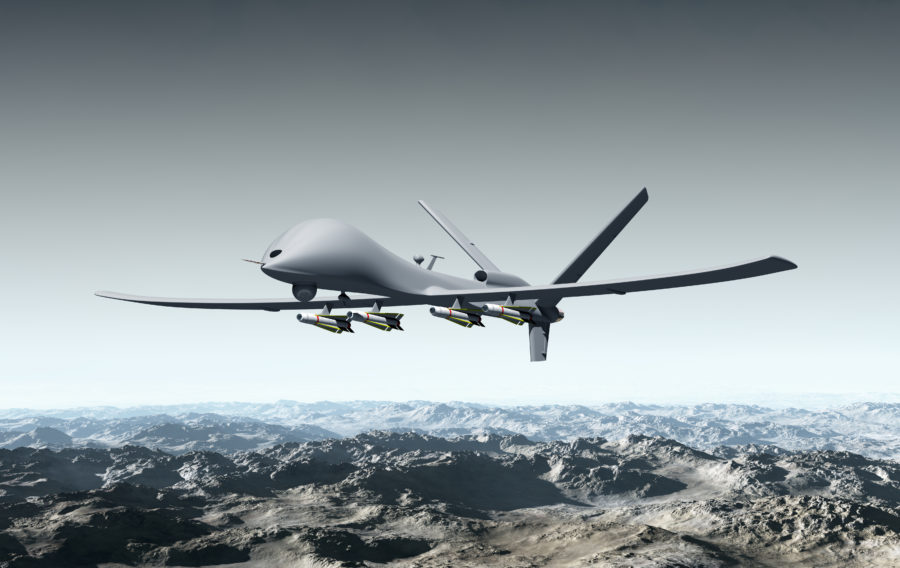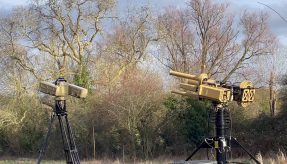
Frost & Sullivan’s recent analysis, Global Counter UAS Market, Forecast to 2024, has revealed that increased demand for commercial unmanned aerial systems (C-UAS) by the military for expensive, technologically advanced, multiple-sensor systems is driving innovative C-UAS market growth opportunities.
Furthermore, commercial and civil end users are seeking robust, low-cost C-UAS that can locate drone operators and operate on open architecture software that allows for integration into existing security systems. Based on these trends, Frost & Sullivan expects C-UAS market revenues to exceed $2 billion by 2024.
Michael Blades, Vice President, Aerospace, Defense, and Security, Frost & Sullivan, said: “The rapid proliferation of small drones and their expanding threat is driving significant investment and innovation in C-UAS. However, adoption of these technologies is limited by individual country rules against wiretapping, jamming, and computer hacking—all methods employed by various C-UAS.
“To gain a competitive advantage in an evolving ecosystem, players should look toward developing robust analytics and enabling/optimizing passive detection sensors, which can accurately capture and record data during all phases of the kill chain.”
Further disruptive transformations in this market include artificial intelligence (AI) algorithms that automate the detection, identification, locating, and tracking of drones with minimal false detections, and directed energy weapons that can mitigate multiple drones quickly and/or simultaneously.
“OEMs that show their systems can be effective against the majority of current threats and can be adapted to future threats will realize the most market advancement,” observed Blades.
From a regional perspective, North America, led by the US Department of Defense (DoD), will spend substantially more than any other region on C-UAS.
Europe has additional ability to use systems at airports due to private ownership and better funding, and the Middle East shows a lot of interest in C-UAS but is hesitant to make purchases, mainly due to uncertainty about the technologies.
To capitalise on future possibilities, vendors should focus on:
- Developing as-a-service revenue streams with effective systems that are easily transportable.
- Building C-UAS that can detect, locate, and track drones no matter what their configuration or mission.
- Integrating advanced artificial intelligence into C-UAS to automate as much of the process as possible.
“Although there are many prospects in this market, a number of global regulatory agencies, especially in the West, are having trouble developing rules of engagement that will allow law enforcement to mitigate small drone threats,” said Blades. “Furthermore, being relatively nascent, the industry is still in the process of initiating meaningful tests that can accurately assess C-UAS capabilities.”
If you would like to join our community and read more articles like this then please click here.







